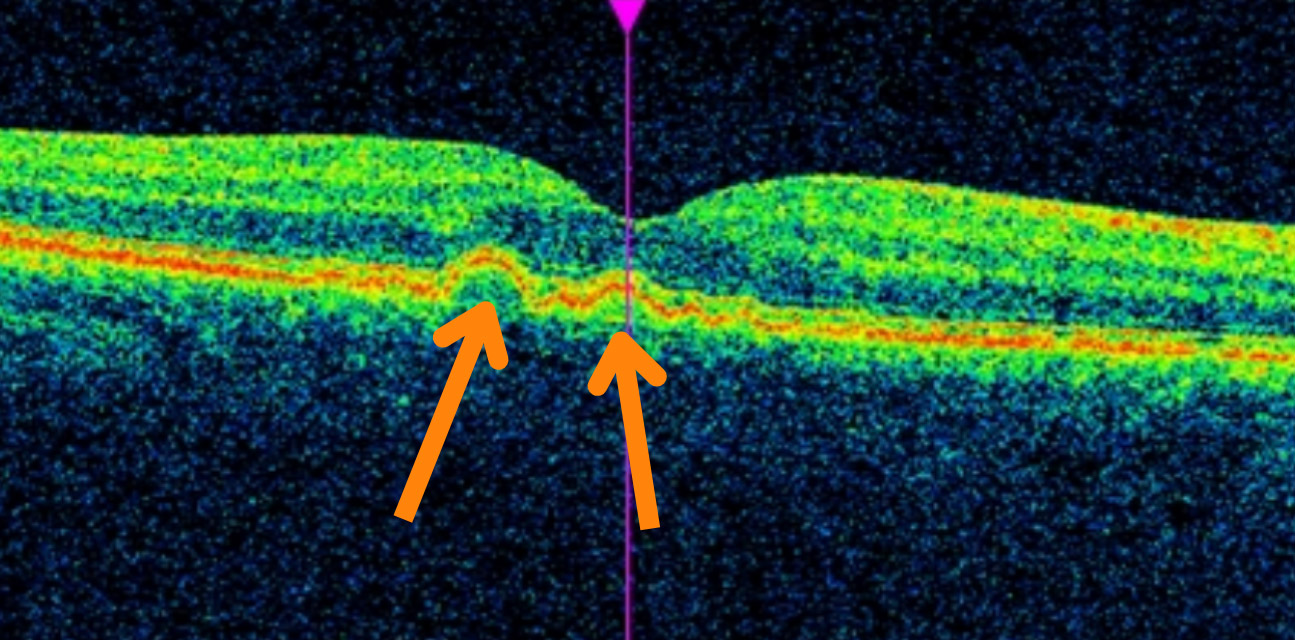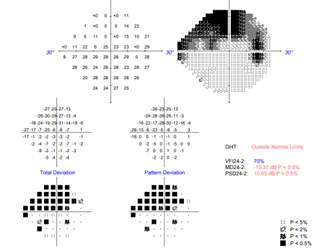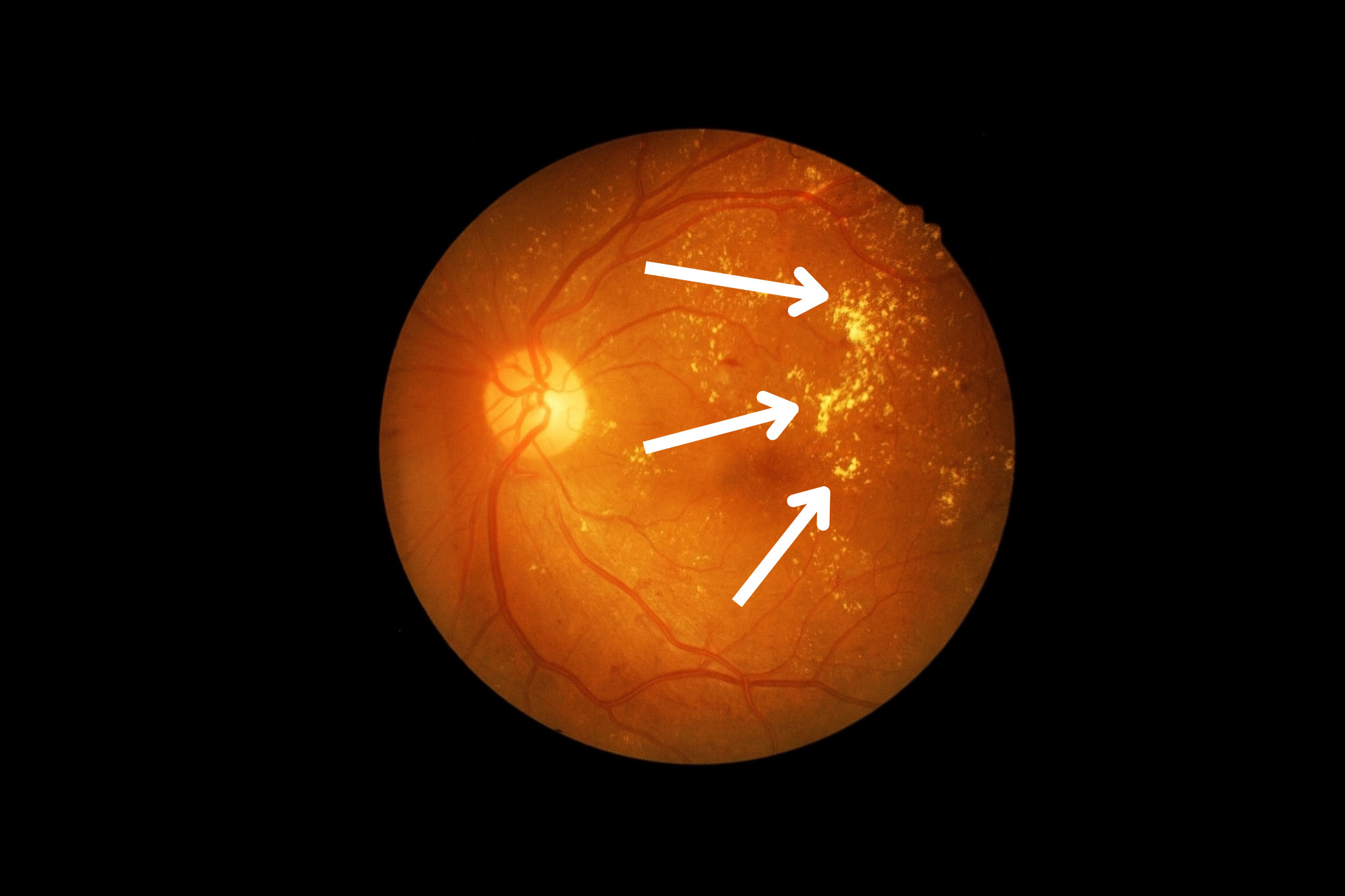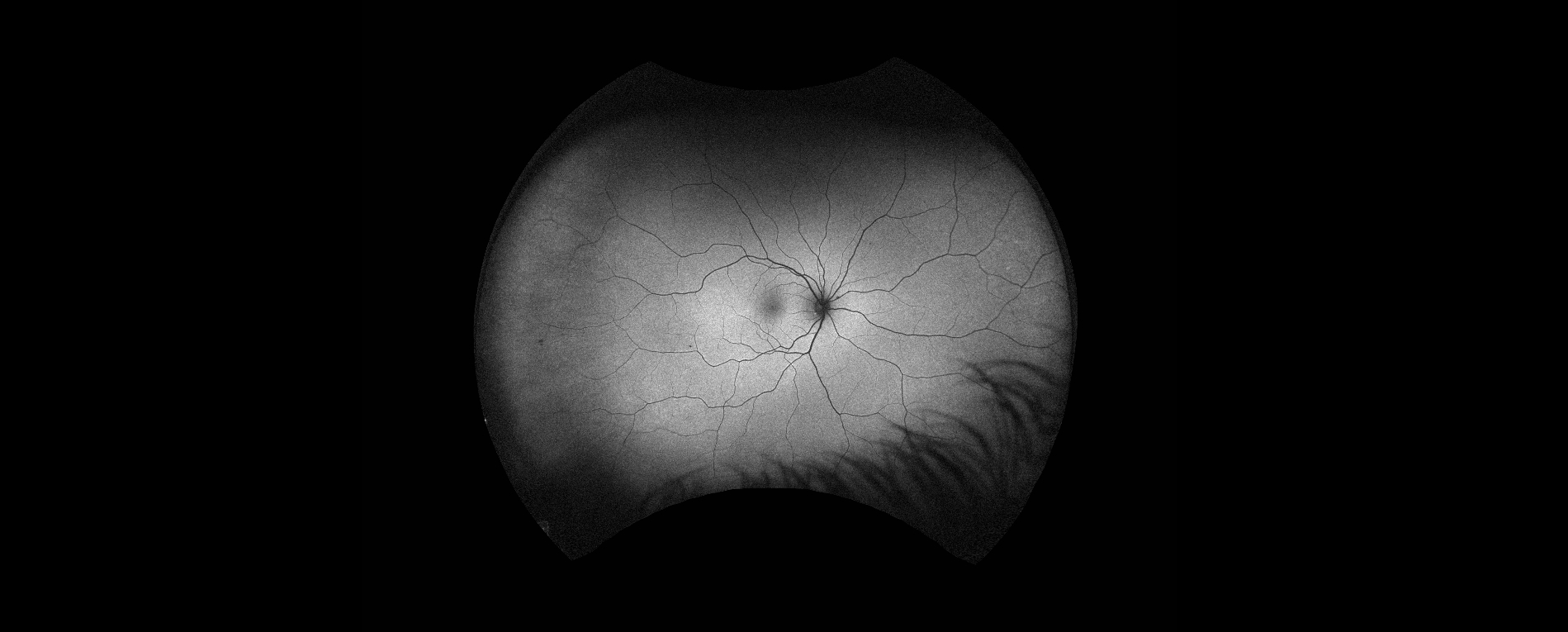Vision Care Best Practices
Like other areas of healthcare, vision care is a constantly evolving field. The comprehensive eye examination of today is not the same as it was in the 1970s or even the 1990s. There have been many new technological and clinical advances in the 21st century which improve the ability of optometrists to detect eye disease early, particularly in those over 40 who are most likely to develop eye disease.
Group vision care plans have not adapted to include coverage and an allowance for these innovations. Doing so now will make a substantive difference in the vision care outcomes of working Canadians.
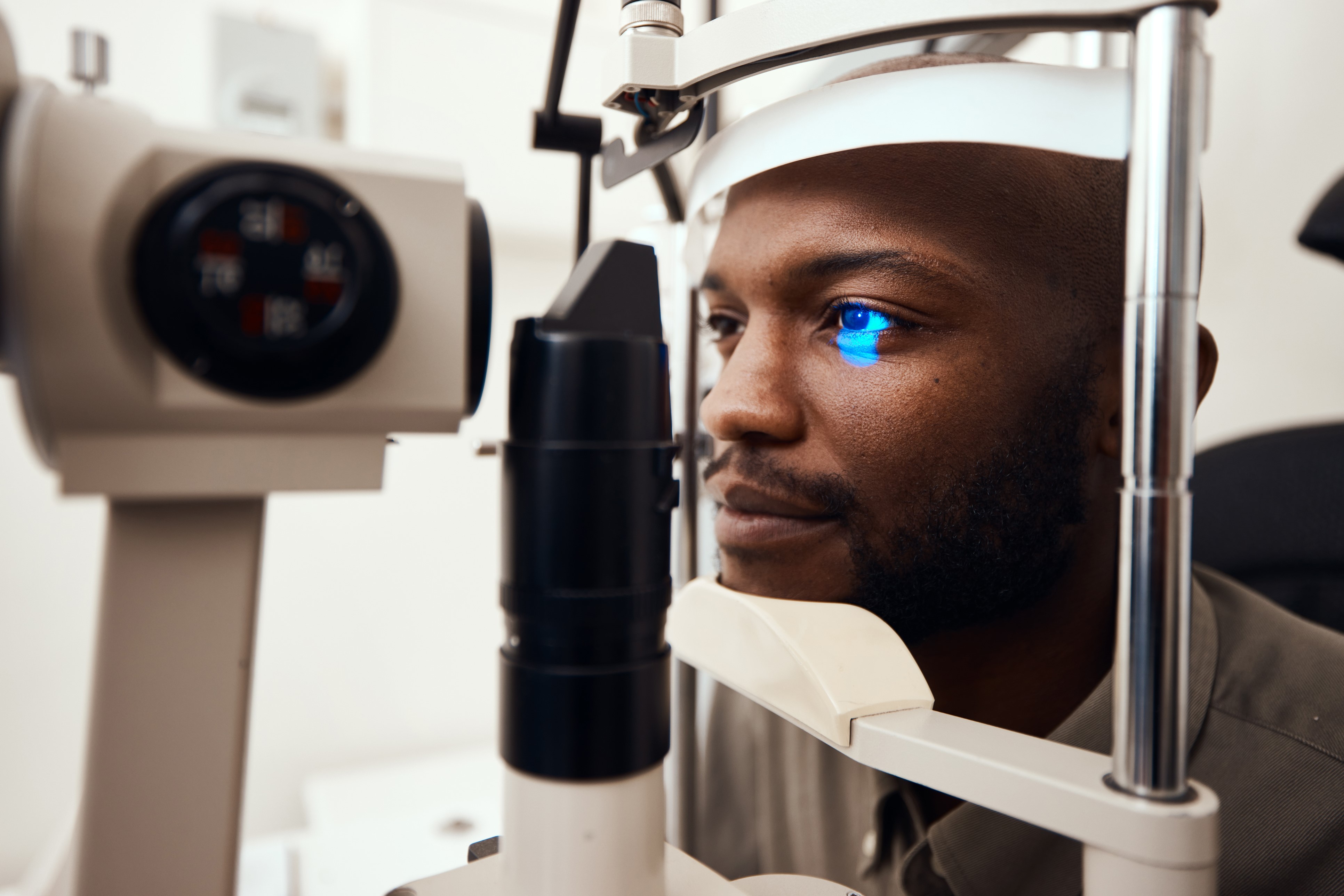

Vision Care Benefits Handbook
More information on common eye diseases, the impact on quality of life, modern diagnostic and imaging tools, and closing the gaps in vision care can be found in the CAO Handbook.
For a one-on-one discussion about vision care or a hard copy of the handbook contact info@opto.ca.
Did you know?
If performed according to recommended frequency guidelines, including diagnostic and imaging tools, more than 90% of vision loss in Canada can be detected early and prevented from progressing to functional vision impairment.[i]
Beyond Eye Health
Modern diagnostics and imaging also play an important role in identifying non vision related diseases including hypertension, cardiovascular disease, multiple sclerosis, tumors, Crohn’s disease, and many others.
With modern diagnostic and imaging tools, the comprehensive eye examination becomes one of the best and most cost-effective preventive screening and diagnostic tools available.
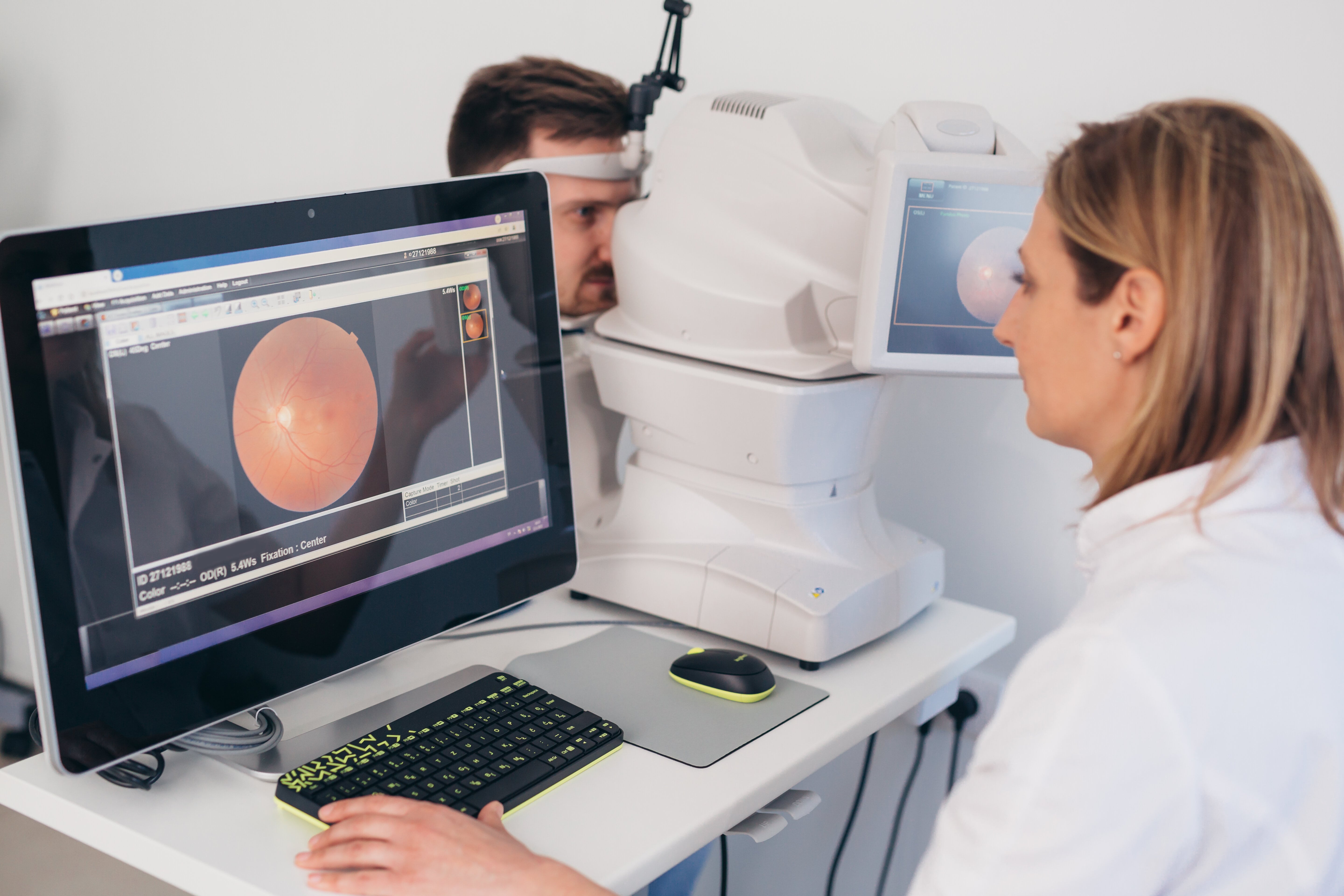
Modern Diagnostics
Optometrists may use one or more modern diagnostic or imaging tests during a comprehensive examination or during a follow-up examination. These tests are performed when age, personal, or family medical history, or other factors indicate risk of disease.
If the initial results during a comprehensive examination indicate that further monitoring is required sooner than 24 months, the optometrist may schedule a follow-up examination and readminister one or more of these tests.
Diagnostic and Imaging Tools
Here are the most common modern diagnostic and imaging tools used by optometrists to diagnose and monitor eye disease, and identify many non-vision related diseases:

Vision Care Benefits Handbook
More information on common eye diseases, the impact on quality of life, modern diagnostic and imaging tools, and closing the gaps in vision care can be found in the CAO Handbook.
For a one-on-one discussion about vision care or a hard copy of the handbook contact info@opto.ca.
